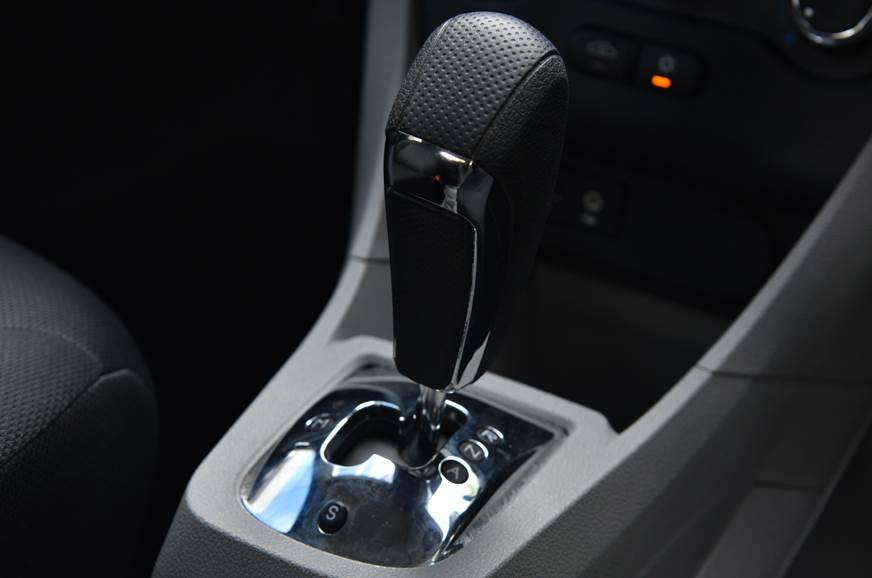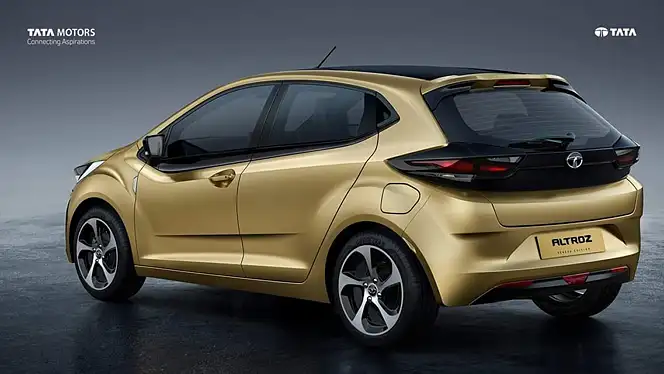VW COOPERATIONTata Targets Foreign Growth
Indian automaker Tata, which this week signed a cooperation deal with VW, wants to expand abroad to lessen its dependence on the volatile Indian market, CEO Günter Butschek told Handelsblatt.






Tata is driving forward with VW.
The head of India automaker Tata, Günter Butschek, said the planned cooperation with VW would help provide Tata with economies of scale and lessen its dependence on the India market.
In an interview with Handelsblatt, Mr. Butschek said the automakers expected to reach concrete plans for working together after they signed a memorandum of understanding to exchange technology, components and platforms.
For VW, it's an opportunity to expand its presence in India, a major emerging economy. "With the planned strategic partnership with Tata Motors we want to create the conditions to offer customer-focused mobility solutions also for the new rapidly growing auto markets," said VW CEO Matthias Müller.
Tata Motors is known in Europe for acquiring the luxury brands Jaguar and Land Rover. Its portfolio in India includes the low-cost model Nano, available for $3,000.
The deal will boost Tata's scope to expand internationally. Mr. Butschek said Tata currently had too many vehicle platforms, six for a total of 150,000 models sold per year, and from 2018 planned to confine itself to two platforms sharing 80 to 90 percent of components. That would enable the company to respond more quickly to market changes, he said.
VW will use one of those platforms in future.
"It’s clear that reducing our platforms and expanding our foreign business alone won’t enable us to join the international top league yet. We have faith in our platform and believe it could be interesting for others too. We therefore reviewed options with various partners that could yield additional economies of scale for us," he said. "We've had very intensive and constructive talks with Volkswagen in recent months. We signed an agreement this week that provides the framework for discussing and fleshing out the possibility of strategic cooperation in the next step.”
I think that from 2019 or 2020 we will have a far bigger share in the international market. Tata CEO
Mr. Butschek said India currently accounted for 85 percent of Tata's unit sales. Its models were geared to Indian regulatory requirements which opened up markets in neighboring countries as well as in Africa and Southeast Asia. "But we can't reach Europe with these models." India will catch up on emissions standards in coming years and will reach the Euro 6 European standard in 2020. "This catch-up is a major effort for us as a purely Indian company while most of our competitors are multinational players that already have these technologies in other areas."
He added: "I would very much like to export more cars right now to make myself more independent of the highly volatile Indian market." He said Tata’s presentation at the international motor show in Geneva was a "clear statement that we will reposition and expand our international business with the market launch of our new products."
He said the Indian market was unpredictable because customers reacted very quickly to possible changes and rumors. “Here's one example: the government currently plans a unified value added tax. So there was speculation that the acccumulated value added tax burden for auto buyers would fall. Suddenly, many of our commercial vehicles customers were delaying their purchases.”
Tata was also hit last year by the government’s currency ban, the withdrawal of high-value currency notes aimed at combating tax evasion, corruption and forgery.
“Our business collapsed overnight,” said Mr. Butschek. “Down-payments for cars are often done in cash in India. Added to that, the financing business collapsed. Banks had to devote all their resources to taking back cash so loan applications were left unprocessed. And many trucks were stranded for days because road tolls and fuel couldn’t be paid. It took several weeks for the situation – and our sales figures -- to return to normal. But we’re still not at the level we had originally planned.”
He added: "A few solid foreign markets which ideally would be counter-cyclical to the Indian market would be a helpful counterweight."
He said Africa and countries in the Association of Southeast Asian Nations, such as Vietnam, Thailand and Malaysia, were attractive. But Tata’s scope for foreign expansion with its current models was limited by emissions standards and the fact that some vehicles are only offered as right-hand drives.
“That’s now changing – in cars our two platforms will be far more flexible from 2018 – all types of drive system as well as left and right-hand drives are planned. I think that from 2019 or 2020 we will have a far bigger share in the international market.
"2020 tata tata altroz
"2020 tata tata altroz

Tata Motors has been offering AMTs or automated manual transmissions in its budget cars for a while now. The Zest was the first compact sedan in India to be equipped with a diesel AMT, followed by the Nano with petrol AMT, making it the most affordable auto hatchback. And now, the Tiago hatchback and the Tigor compact sedan also come with petrol AMTs. Joining them is the Nexon AMT (in both petrol and diesel guise) that has been showcased at the 2018 Auto Expo and is expected to launch soon.
However, for their upcoming premium range of cars, Tata wants to offer Dual-Clutch Transmissions (DCTs) as they will be a lot more refined, efficient and smooth-shifting, compared to the current AMTs, and will go well with the overall positioning of these new offerings. Rajendra Petkar, head power systems engineering, Tata Motors, explains, “There appears to be a good potential as far as DCT is concerned. Full automatics have a drawback of low fuel economy and CVTs can work only in certain operating conditions.”
Like AMTs, DCTs too are manual ‘boxes but with one crucial difference – two clutches. The twin clutches rids AMTs of jerky shifts (just like a torque convertor) and maintains good efficiency, thus offering the best of both worlds. Therefore, Tata will look at DCT for its upcoming premium cars.
The company may look at an outside vendor to develop the gearbox, and costs could be shared with Jaguar Land Rover as well. However, it might even produce the transmission in-house and build it under a licensing deal. It will only do this however once the numbers are right. “Unless we reach economies of scale it doesn’t make sense,” says Petkar.
Going ahead, Tata will most likely continue using AMTs for its affordable cars. And by late 2019 or early 2020, the quicker, more refined and efficient DCT is expected to debut and make its way into the 45X premium hatchback and its platform derivatives, like a compact sedan, mid-size sedan, MPV and mid-size SUV.


ليست هناك تعليقات:
إرسال تعليق